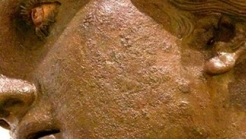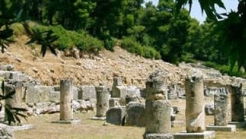

Greece
The Cretaquarium gives the chance to its visitors for a unique «dive» to the wonderful sea world of the Mediterranean.
The Cretaquarium started operating in December 2005. The Cretaquarium gives the chance to its visitors for a unique «dive» to the wonderful sea world of the Mediterranean.
From the great hunter sharks, to the tiny Hippocampi and the spectacle of medusa, the variety of the marine life is shown in front of submarine backdrops of the Cretan sea like the rocks of Matala (south Crete) ant the floor of Vai (Southeast Crete).
The scenery of the Mediterranean is laid out in 60 aquariums (of various sizes, from 125 to 900.000 litres, with a total volume of 1.700.000 litres of seawater), creating 100 different observation points, for about 2500 Mediterranean and tropical organisms.
The Cretaquarium as a part of the Greek Center of Marine Research hands out scientific knowledge about the marine world, emphasizing on the Mediterranean. This is why training programs adapted to the schedule of first and second degree students have been designed and are taking place. The students can learn about the most important phenomena of physics and biology of the sea through live approach and innovative means of tutoring.
https://youtu.be/UZiUiVLPyMw


The Piraeus Archaeological Museum offers the visitor a complete image of the city’s history, which was marked by great sevelopment during the ancient times, both as a commercial center of the eastern Mediterranean, and also as a naval base of ancient Athens.


The Amfiareio was the biggest ancient Greek sanctuary of the vile god and hero of Argos Amfiaraos. During its’ operation, it was the national sanctuary of Oropos, one of the oldest cities in Ancient Greece.


This beach is located in the town of Chania, and owes its’ name to its’ golden sand! Perfectly organised, with umbrellas and chairs, it is the best choice for familiew not wanting to wander far away from their base.
1039 Ε 6061 01515 00